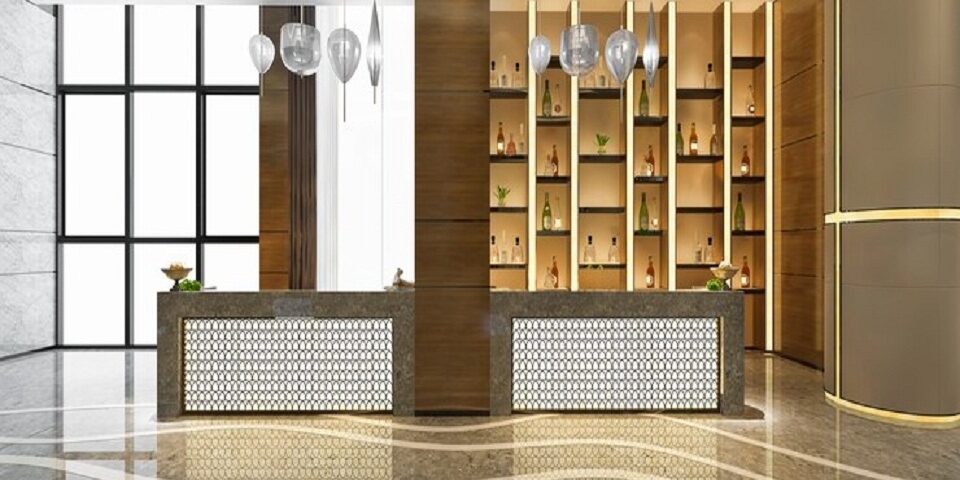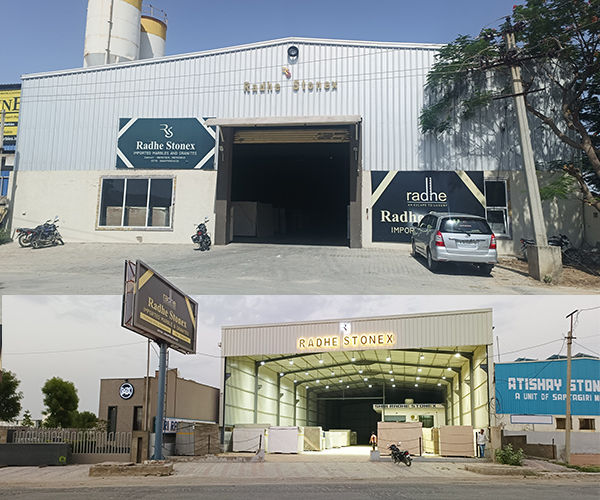- Have any questions?
- +91-9829058521
- +91-9829078191
- stonexradhe@gmail.com
- Catalogue
What should I consider when choosing Italian stone for my project?

What are the trends in imported marble for interior design?
November 14, 2023
Is Italian marble a good investment for my property?
December 5, 2023What should I consider when choosing Italian stone for my project?
Introduction
When it comes to enhancing the beauty and sophistication of your project, there's nothing quite like Italian stone. Italy has long been renowned for its exquisite natural stones, and they are a popular choice for various applications, from countertops to flooring, wall cladding to sculptures. However, selecting the right Italian stone for your project can be a significant decision. To help you make an informed choice, let's delve into the key factors you should consider when choosing Italian stone.
1. Type of Stone:
Italian stone encompasses a wide range of options, each with its unique characteristics. The most common types include marble (like Carrara and Calacatta), granite, limestone, travertine, and porphyry. Start by determining which type aligns best with your project's aesthetics and functional requirements. Marble, for instance, offers timeless elegance, while granite boasts exceptional durability.
2. Color Palette:
As reliable Importers of Italian Stones in India we offer a diverse array of colors and patterns. When choosing a stone, consider your project's color scheme and overall design. Marble, for example, offers a spectrum of colors, from classic whites to elegant blacks and everything in between. Calacatta marble, with its white backdrop and striking grey veining, is particularly popular for a luxurious, timeless look.
3. Veining and Patterns:
Each Italian stone type has its characteristic veining and patterns. Calacatta marble, known for bold and dramatic veining, can create a focal point in any space. Carrara marble, on the other hand, has more subtle, delicate veining. Be sure to explore the various options and find a pattern that complements your design vision.
4. Durability:
Consider where and how the Italian stone will be used in your project. Some stones, like granite, are exceptionally durable and resistant to wear and tear, making them ideal for high-traffic areas like kitchen countertops. Others, like marble, may be more prone to staining and require extra care. Assess the stone's durability in the context of your project's specific needs.
5. Maintenance Requirements:
Italian stones, in general, require maintenance to keep them looking their best. This includes regular sealing to prevent staining and periodic cleaning with pH-neutral products. Marble, being more porous, demands extra attention in this regard. Consider your willingness and ability to maintain the stone over time.
6. Budget:
Italian stones come in a range of price points, so it's crucial to establish a budget early in your project planning. While some options can be quite expensive, others, like certain granites or limestone, may be more budget-friendly. Be sure to balance your aesthetic preferences with your financial constraints.
7. Intended Use:
Think about how the stone will be used in your project. Italian stone can be employed in various applications, including countertops, flooring, wall cladding, outdoor patios, and even sculptural elements. Different stones may be more suitable for specific uses due to their durability, texture, and maintenance requirements.
8. Consultation and Expertise:/b>
It's wise to consult with professionals who specialize in working with Italian stone. They can provide invaluable insights into the selection process, offer recommendations based on your project's requirements, and ensure proper installation. Experienced experts at Radhe Stonex can too help you to avoid potential pitfalls and achieve the best results.




